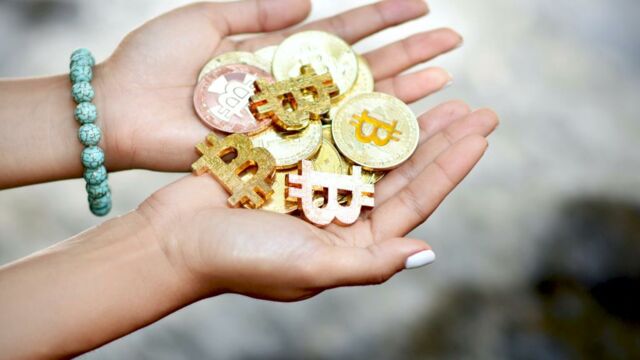NFTs, or non-fungible tokens, have gained in popularity as they allow for creators to determine the prices of their work and control the authenticity of original files. From an authorship perspective, NFTs are an ingenious alternative to traditional marketplaces. In practice however, their implementation has been contested mainly because of the various blockchains that are used for them to exist.
Discover our latest podcast
Although scientific research regarding these statements is still at its dawn, hypothetical approaches are enough to explain why NFTs are dangerous for the environment. Earth.org states that each digital interaction needed to sell or buy an NFT has a high carbon footprint. According to artist Memo Atkin, each NFT transaction could release 48kg CO2. Estimates then say that an NFT transaction could have a carbon footprint more than 14 times that of mailing an art print.
From 'proof of move' to 'proof of stake'
This carbon footprint grows heavier namely because of the electricity used to finalise transactions. Indeed, moving into the digital world implies you will be needing centralised servers. These servers need an immense supply of energy to function. According to a Time’s article, the most popular blockchain used to sell NFTs uses about 26.5 terawatt-hours of electricity a year. That’s nearly as much yearly energy consumption as the entire country of Ireland.
In a blockchain, the most energy consuming factor seems to be the 'proof of work.' Proof of work is the security system that oversees interactions. It forces the users of blockchains to solve complex puzzles to finalise a transaction.
Moving to a 'proof of stake' method could drastically cut down carbon footprints. Proof of stake secures an amount of cryptocurrency into the platform to legitimise a buyer. With this method, one doesn’t need to solve new puzzles upon each purchase as monetary information is stored on the long run.
Pledges to make NFTs carbon neutral
Although Ethereum says it plans on opting towards the 'proof of stake' method, it may take a bit of time for changes to be put in action. In the meantime, artists and digital content creators can be actors of a more sustainable digital environment.
On this individual scale, the creator can opt for renewable energy resources as a means to create digital content. Otherwise, they can choose to contribute to a cleaner digital landscape by investing in carbon offsets. This implies that for each NFT, the seller vows to invest in a project that avoids carbon emissions. In this sense, the contributor cancels out the carbon footprint they just emitted.















